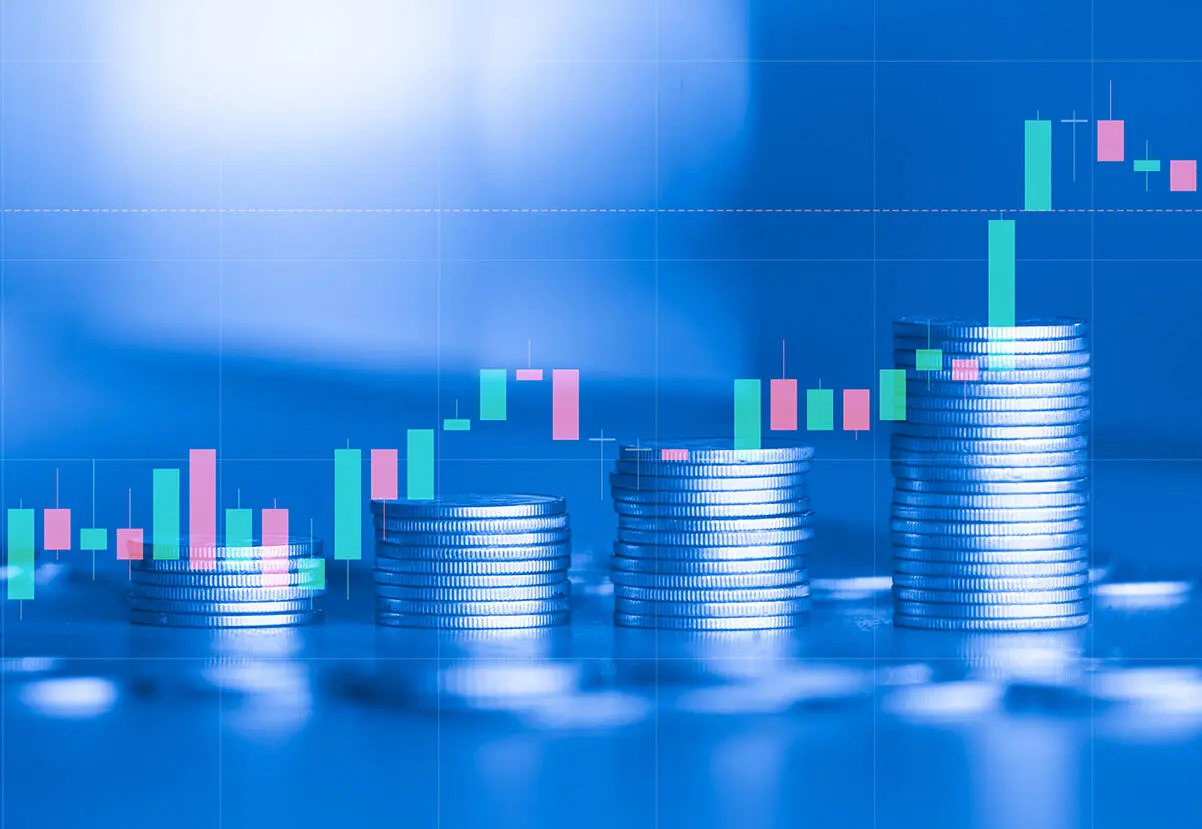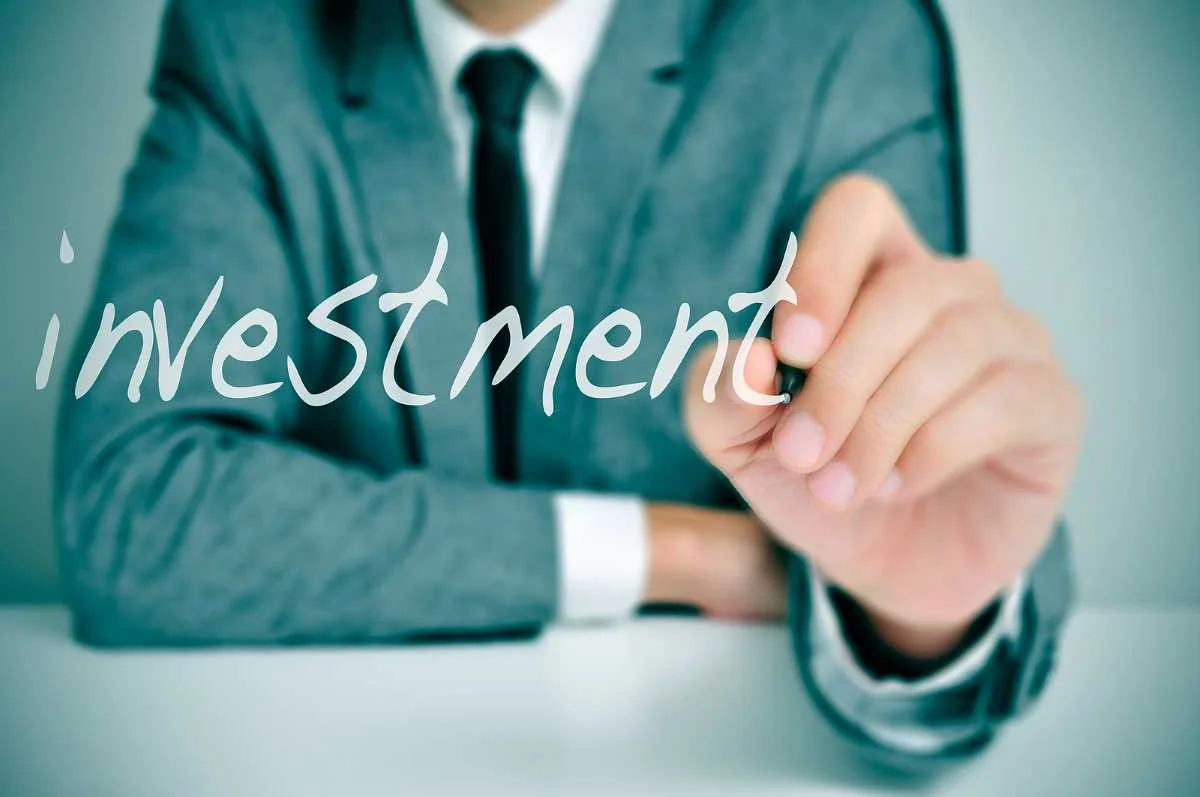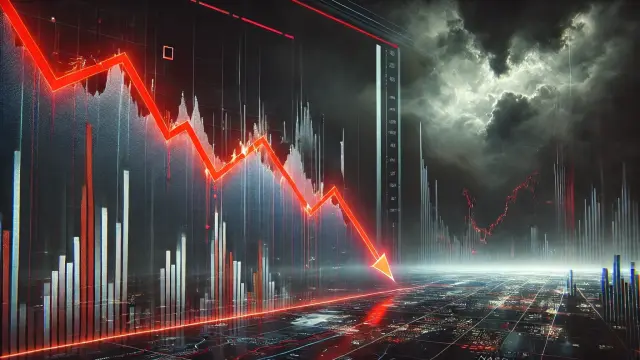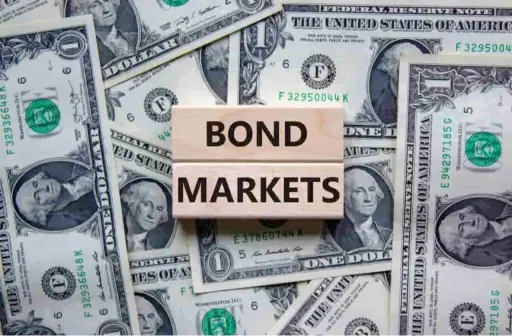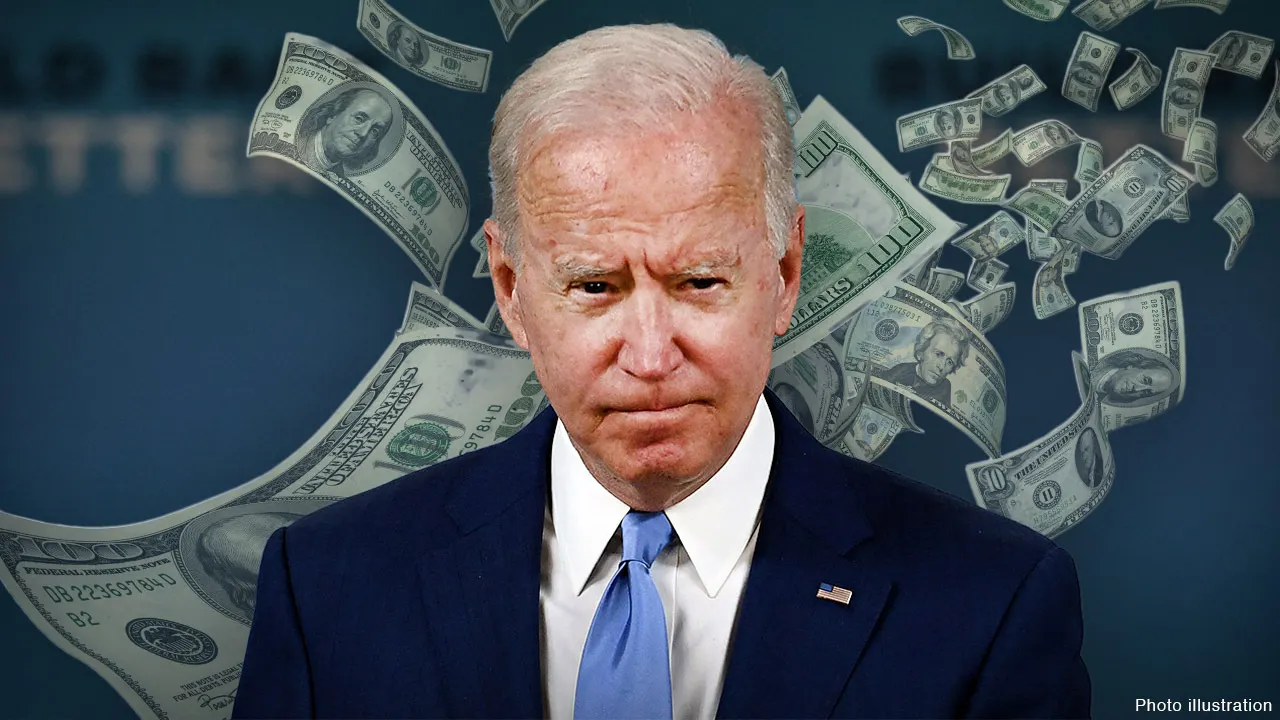The Link Between U.S. Investment Policies and Economic Growth
Recent U.S. investment policies are driving economic growth, influencing global markets, trade, and financial stability. This article explores their impact on businesses and investors
U.S. Investment Policies and Economic Growth
U.S. investment policies play a crucial role in shaping the country’s economic landscape. These policies influence domestic and foreign investment, drive innovation, and impact job creation. Understanding the connection between investment policies and economic growth is essential for policymakers, businesses, and citizens alike.
The Role of Investment Policies Investment policies encompass a wide range of government measures, including tax incentives, regulatory frameworks, trade agreements, and infrastructure spending. These policies determine how capital flows within the economy and affect investor confidence.
Tax Policies and Incentives
-
Corporate tax rates, capital gains taxes, and depreciation allowances directly impact business investments.
-
Tax credits for research and development (R&D) encourage innovation and long-term growth.
-
Incentives for foreign direct investment (FDI) enhance capital inflows and technological advancements.
Regulatory Environment
-
Business regulations influence the ease of doing business and the attractiveness of the U.S. market to investors.
-
Deregulation in key industries, such as energy and telecommunications, has historically led to increased investment and job creation.
-
Striking a balance between regulation and economic freedom is critical for sustained growth.
Infrastructure Investment
-
Government spending on transportation, energy, and digital infrastructure facilitates economic expansion.
-
Public-private partnerships (PPPs) enhance the efficiency of infrastructure development.
-
Strong infrastructure supports productivity and competitiveness in global markets.
Trade and Foreign Investment Policies
-
Trade agreements and tariffs influence cross-border investments and market access.
-
Protectionist policies can deter foreign investment, whereas open markets encourage global business partnerships.
-
The U.S. remains a top destination for FDI due to its stable economy and innovation-driven industries.
Economic Growth Outcomes Effective investment policies lead to:
-
Higher GDP Growth: Increased capital investment fuels productivity and economic expansion.
-
Job Creation: Business investments drive employment opportunities and wage growth.
-
Technological Advancements: R&D incentives and foreign partnerships enhance innovation.
-
Global Competitiveness: Strategic trade and investment policies position the U.S. as a leader in the global economy.
Challenges and Considerations Despite the benefits, U.S. investment policies face challenges such as:
-
Economic Uncertainty: Policy shifts and geopolitical risks can affect investor confidence.
-
Income Inequality: Uneven distribution of investment benefits may widen economic disparities.
-
Sustainability Concerns: Investments in clean energy and sustainable infrastructure are vital for long-term growth



